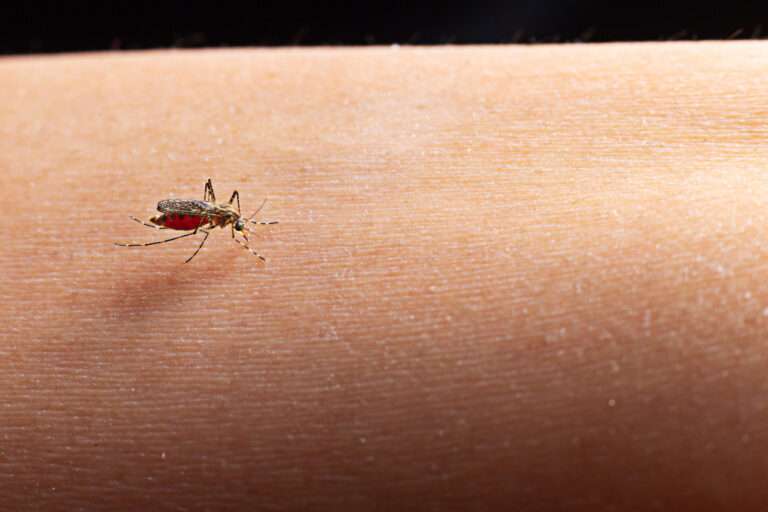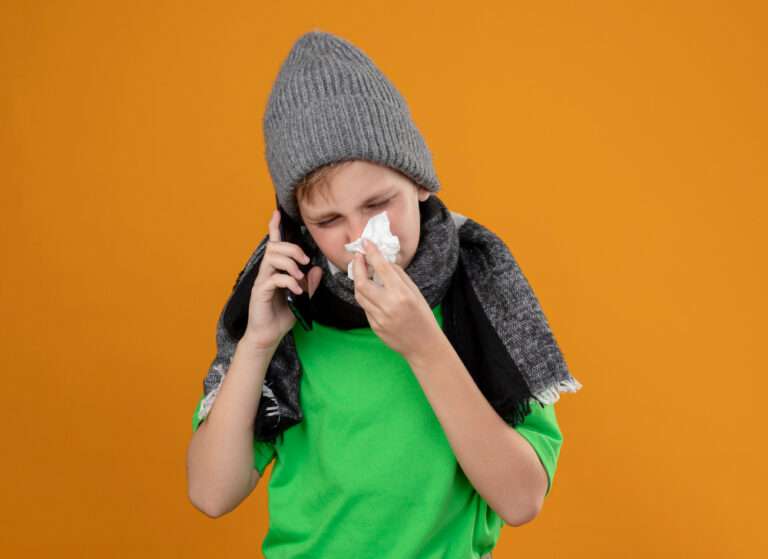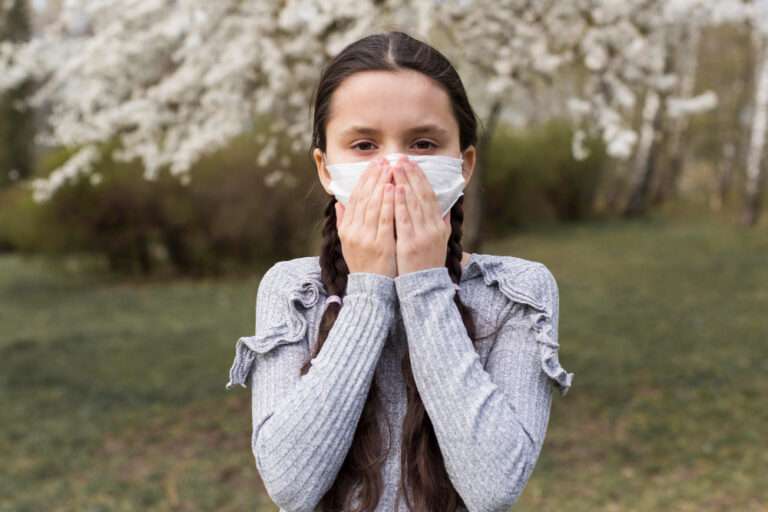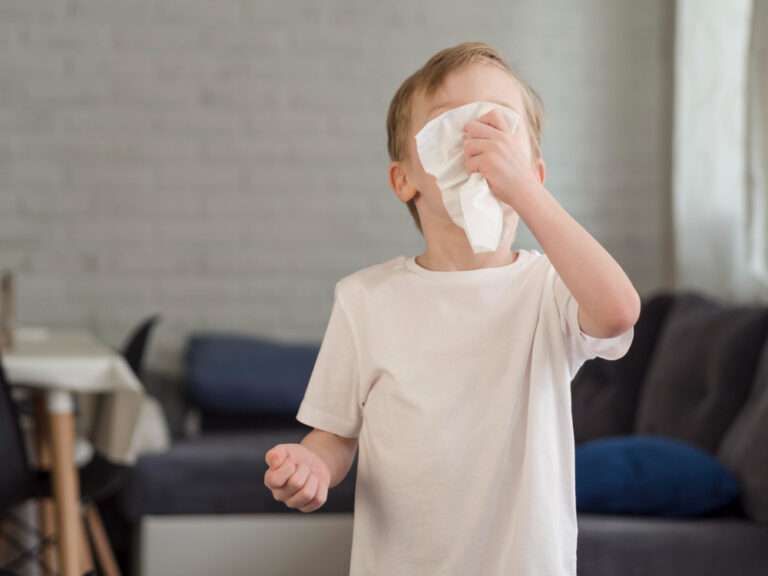Latex allergy
Latex allergy is a reaction to certain proteins found in natural rubber latex, a product made from the rubber tree. People who have a latex allergy can have a reaction to products made of natural rubber latex, such as some medical gloves, condoms, and balloons.
Types of Reactions to Latex:
- Immediate Hypersensitivity (Type I): This is a true allergic reaction and can range from mild skin redness, rash, hives, or itching to severe symptoms such as wheezing, difficulty breathing, and anaphylaxis, a potentially life-threatening condition that requires immediate medical intervention.
- Allergic Contact Dermatitis: This resembles eczema and results from the chemicals added to latex during the harvesting, processing, or manufacturing phase. It’s not a direct allergy to latex but rather to the chemicals associated with it.
- Irritant Contact Dermatitis: This is not an allergy, but latex can cause skin to become dry, itchy, and irritated. It is the most common reaction and can result from repeated hand washing and drying, incomplete hand drying, glove use, and exposure to powders added to some gloves.
Common Products that May Contain Latex:
- Medical gloves
- Condoms and diaphragms
- Balloons
- Rubber toys
- Rubber bands
- Pacifiers and baby bottle nipples
- Elastic bands in clothing
- Adhesive bandages
Risk Factors:
- Healthcare workers or others who frequently wear latex gloves
- People who have had multiple surgeries (due to frequent exposure to medical latex)
- People with conditions like spina bifida or urinary tract anomalies
- Workers in industries that manufacture latex products
- People with a known food allergy to bananas, avocados, chestnuts, kiwi, or passionfruit, as these foods share some proteins with latex
Management:
- Avoidance: The most effective way to manage a latex allergy is to avoid products made of natural rubber latex.
- Medication: Antihistamines can treat minor reactions. More severe reactions require other medications like corticosteroids or epinephrine. Always consult with a healthcare professional about appropriate medications.
- Emergency Plan: Those with a known severe latex allergy should have an anaphylaxis action plan and carry an epinephrine auto-injector (like an EpiPen) at all times.
- Wear a Medical Alert Bracelet: This will inform healthcare professionals of the allergy in emergencies.
- Latex-Free Products: Opt for latex-free gloves, bandages, and other products if you have a latex allergy. If you work in healthcare or another profession where glove use is frequent, inform your employer so that they can accommodate your needs.
Conclusion: Latex allergy can be serious, and individuals who suspect they might have a latex allergy should seek medical advice. Proper diagnosis, usually involving skin or blood tests, is essential. Those diagnosed should inform all healthcare providers of their allergy and take precautions to avoid exposure.
------------From our Sponsors------------









